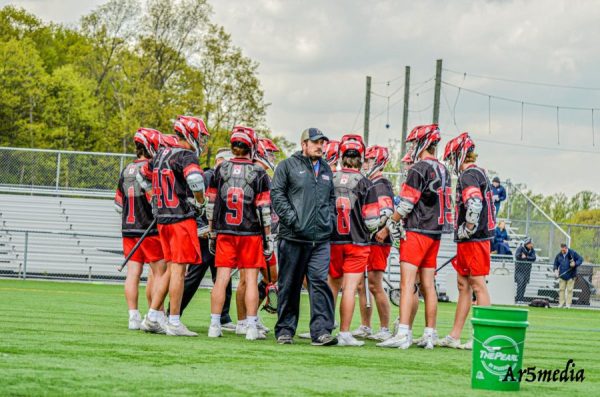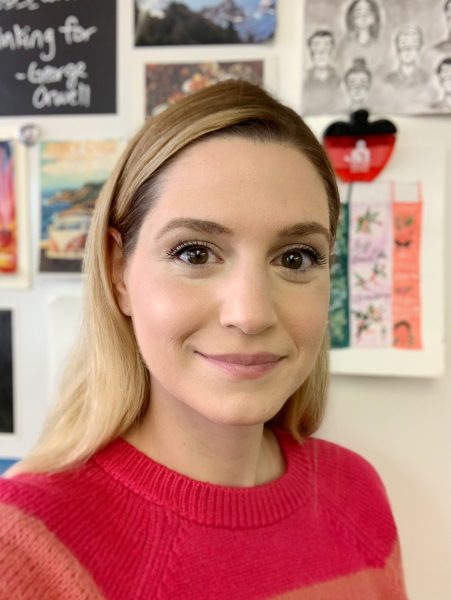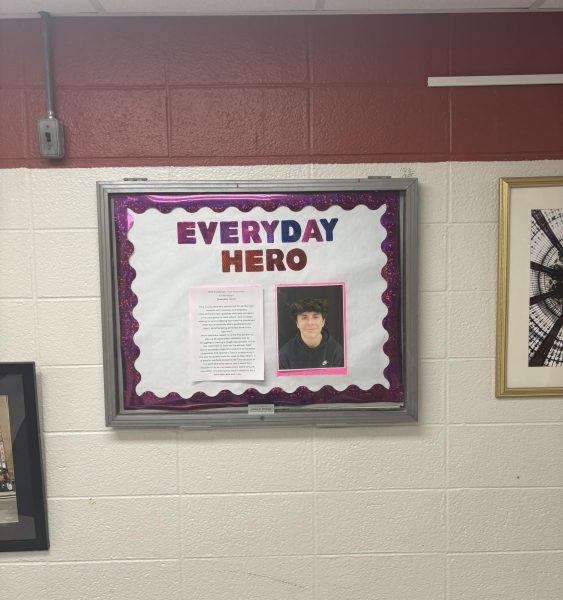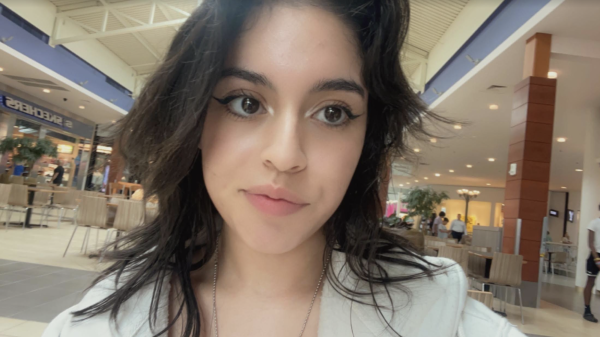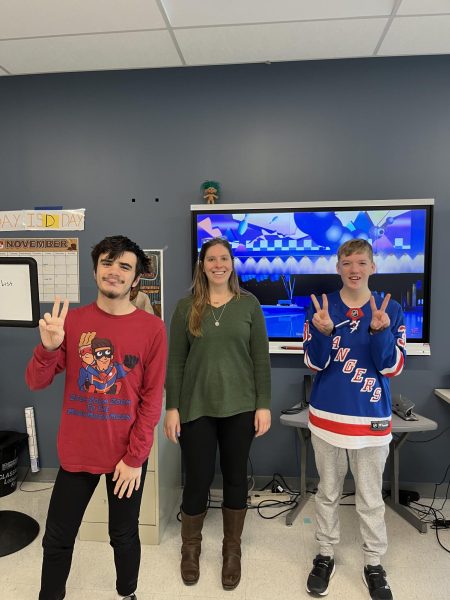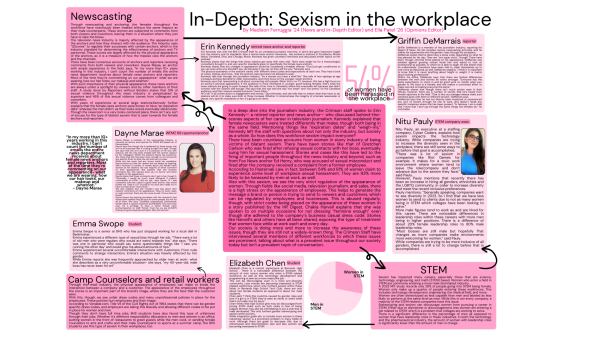All-virtual
January 28, 2022
September marked the first time BHS had a completely in-person student body since the COVID-19 pandemic hit in March 2020. Students and staff alike were elated to finally return to a semblance of normalcy, leaving behind zoom calls in favor of classroom learning.
However, since the omicron variant has been sweeping the nation, and Somerset County has seen a significant rise in positive COVID cases, many staff and students have grown more concerned about the safety of school remaining fully in-person.
Students are only able to attend class virtually when symptomatic, and permitted to return to school once a negative test is provided. However, this process negates that many infected students are asymptomatic, and some even attend school while waiting on results.
Multiple times throughout the day a student may unknowingly expose other students to the virus, especially during higher risk activities such as gym with students in close contact, or lunch when students are without masks.
Even in class, proper social distancing can not always be implemented due to crowded classrooms, such as science classrooms where desks can not be spaced out. Nor are social distancing measures adhered to throughout the day, especially in periods such as physical education and study hall, where students feel more comfortable approaching their friends.
With the addition of many students failing to properly wear their masks in such periods, the conditions a completely in-person student body creates is not cohesive with a COVID-safe environment.
Superintendent Dr. Dempsey said, , “The number of cases last week (January 3-7) were significant, but the local health officers did not lead us to believe that we should close because of this.”
She acknowledged this health officer does believe transmission is occurring outside of school rather than in, “They always look at how infection spreads, and so far they have not seen evidence of transmission in school that should lead to closure.”
Despite this assessment, students understand the inherent risk of being in close proximity throughout the day with hundreds of their peers, many of whom may be COVID positive, whether contracted inside or out of the classroom.
At the time of this publication, BHS has 9 new positive COVID cases for the week of 1/17, and a total of 175 for the year. Prior to winter break, there had only been a reported 50 cases.
The only way to completely eliminate the risk of transmission is for students to simply not physically interact with one another. While the virus is reaching new heights, the safest thing for everyone is to limit in-person contact, until numbers are low enough to safely do so.
Virtual school means students wouldn’t have to remove masks for lunch in a crowded room, or feel unsafe when they must be within three feet of a peer due to overcrowding in classrooms.
Dr. Dempsey said, “The Board of Education establishes district goals every year, and this year one of these goals was to ‘prioritize full time in-person learning.’ We are trying to do that everyday.”
While this sentiment is important and appreciated, students may feel better protected had the Board of Education vowed to prioritize reducing the spread of COVID instead.
By providing students with alternatives, and not mandating that all students are in person while the pandemic spikes, students’ fears may be put at ease.
In addition to the potential risk students and their families are facing, teachers are currently struggling more than ever. Teachers are bearing the responsibility of balancing teaching both students in-school and out, with sometimes multiple students in quarantine.
BHS is also suffering from staff shortages, meaning teachers are losing their free periods to fill in for absent teachers, when they are already busier than ever.
Due to policy relating to quarantining when displaying symptoms, teachers are out of school more often. Some teachers must also be absent due to their own children being exposed to the virus at schools and daycares.
This worsens the problem of staff shortages and the lack of substitutes, as well as leaving students lacking valuable instruction.
It is no exaggeration to say throughout the pandemic teachers have been incredible, constantly adapting and even putting themselves at risk to educate their students. But teachers can only do so much, and when they are required to quarantine, they must scramble to alter their plans for the week so that the students can still learn while they are gone.
However, despite their best efforts, nothing can replace receiving instruction directly from a teacher. This problem has a solution, going virtual would allow BHS staff to continue instruction even while quarantined, ensuring students are not suffering from any learning loss while their teachers are not in the classroom.
It is important to recognize that Dr. Dempsey noted the school has “only been able to move to remote instruction if we have been advised to do so by the local health department.”
So while administration can not be blamed for the inability to provide alternate learning options for students, and it is clear there are no easy solutions to this problem, going all-virtual temporarily is the best resolution at this tumultuous time for the betterment of staff and students health, safety, and capability to learn and teach.





